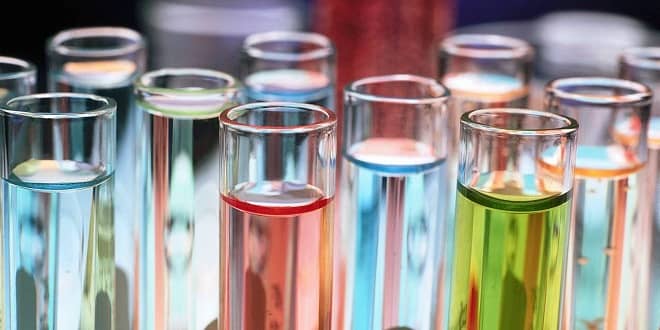Laboratory > Investigation Of Buffer Systems
A compound can buffer the pH of a solution only when its concentration is sufficient and when the pH of the solution is close (within about one pH unit) to its pKa. To make a buffer you must first pick a compound whose pKa is close to the pH you want for the solution, and then decide what the buffer concentration should be. Typically, buffer concentrations are between 1 mM and 200 mM, depending on the desired ionic strength and the buffering capacity required. If the pH is expected to decrease during the experiment, choose a buffer with a pKa slightly below the working pH. Conversely, if the pH is expected to increase during the experiment, select a buffer with a pKa slightly above the working pH. Having decided on the total buffer concentration, you must adjust the ratio of the protonated and unprotonated forms of the buffer in your solution so as to give the desired pH. Typically, buffers are composed of weak acids and their salts, or weak bases and their salts. If the protonated form is uncharged, it is an acid (like acetic acid), and its unprotonated form is a salt (e.g., sodium acetate). Conversely, if the unprotonated form is uncharged it is a base (like Tris base), and its protonated form is a salt.
….




